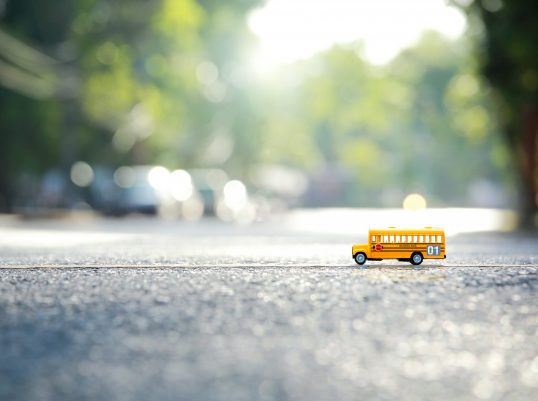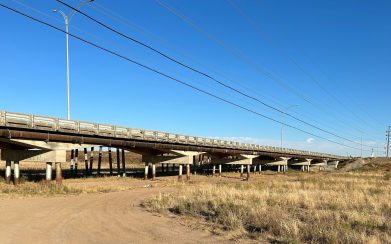Knowledge Hub
5 Ways Schools Benefit from the Infrastructure Investment and Jobs Act
In November president Biden passed the Infrastructure Investment and Jobs act. This historic funding for bridge construction and electric vehicle charging stations also contained elements of the law that support greener communities and schools.
As we all know, schools have an important role in combating climate change. In the months to come, agencies in charge of funding will be working on forms and best practices for applying for funds which translates to, advanced planning for school leadership is crucial for putting your school in a position to maximize the funding that is designated for schools and designates schools as being eligible applicants for community infrastructure that will support greener schools.
In this post, we well discuss 5 ways that schools could benefit from the Infrastructure Investment and Jobs Act by implementing sustainability.

$5.7 billion, the largest amount of funding specifically designated for schools is for the Clean School Bus Program. This provision allocates $1 billion per year for five years to accelerate the replacement of current fleet school buses with low- and zero-emission school buses.
A smaller grant program at the Department of Energy will give grants to improve energy efficiency and install renewable energy at public school facilities. Operated out of the US Department of Energy’s Building Technologies Office, the program will grant $500 million, in total, over five years.
Finally, an existing grant program to address lead in school drinking water received an increase in funding. The WIIN Grant Program was allocated $200 million, in total, over five years to allow more schools to be tested and monitored.
Schools may also be able to take advantage of Energy Efficiency and Conservation Block Grants from the Department of Energy. When this program was funded through the 2009 American Recovery and Reinvestment Act, projects at schools were eligible to receive funding. In the new legislation, the program is funded at $550 million in fiscal year 2022, so application for and allocation of funding may roll out quickly.
Schools heavily impact the vibe of the community. The goals of Green Schools are beneficial to the surrounding areas in many ways:
- Reduced impact on the environment
- Positive impact on health
- Students are educated to be environmentally and sustainability literate
Infrastructure legislation funds several programs that should help schools more effectively work toward these goals.
IIJA invests in better connecting communities and encouraging greener, more active and healthier transportation options, helping students and teachers get to school with less environmental impact.
First, the bill contains $39 billion for public transit — the largest federal investment in public transit in US history. Smaller, yet significant, existing, and new programs are getting investment or codification, too.

Supports greener and healthier options for roads and pathways.
Repairs visible rifts in lower income neighborhoods that were created through past highway construction and related planning decisions.
Environmental education programming invests in local ecology, invasive plant elimination, pollinator friendly practices along roadsides, and projects to improve watershed. Pilot projects that use alternative water sources uses reclaimed stormwater, within buildings and infrastructure which may enable green investments in school building water systems.
Last but not least, the IIJA will invest substantial funding in energy efficiency and resilience. The Department of Energy’s State Energy Program will receive support to give funding and technical assistance for:
- Energy Efficiency
- Renewable Energy
- Electric Vehicles
State energy offices can be one of the most important resources for school operations and facilities. They have designed revolving loan programs for k-12 schools, as well as a workforce development grant for energy efficiency skills training, both of which will be available soon and boost career opportunities. In addition, FEMA will be sending out $1 billion to support resilience infrastructure through pre-disaster mitigation projects which could include schools if they have positioned themselves as a center of community life and resilience.
Although schools have lost out on the $100 billion that had previously been included in the administrations Build Back Better agenda, the IIJA still provides opportunity. We want to support you and help you take advantage of these opportunities. We are here to ensure that all schools understand and can access the support they deserve.









